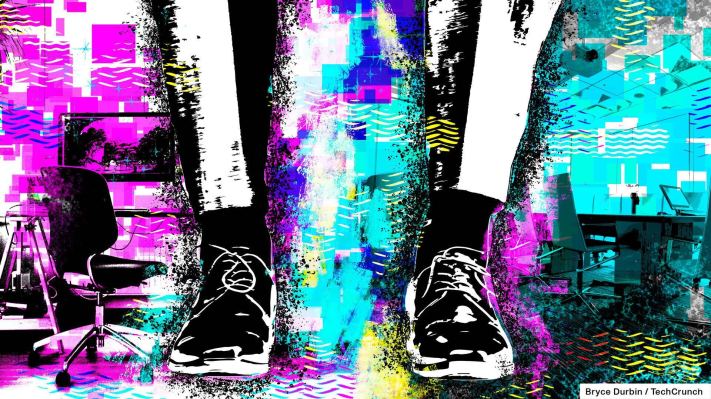
The excitement around remote work reached fever pitch during the pandemic, when most people with an office job were forced to work from home. This opened up conversations about what the future of work looks like, with a lot of attention paid to remote and hybrid models as well as how employees can maintain an acceptable work-life balance.
But as the world returns to “normal,” what does the future of work look like from where we are today? To find out, we spoke with six founders who are working in relevant sectors.
The founders shared a broad set of opinions on what we’ve been seeing over the past couple of years, tying that to visions of what they expect for the future. They had a lot of thoughts about working from home, returning to the office, and finding hybrid solutions that fall somewhere between the two.
“Somewhere around 2012, it was peak Google campus. If you worked for any of the tech companies, you basically lived on campus,” said Phil Libin, CEO of Mmhmm. “I think during the pandemic, it swung back in the other direction, and now there’s not even a place to go and you’re on your own for everything.”
Many of the founders we spoke with recognize that there needs to be a balance, despite the various ways that work gets done. “For us to demand 100% office work would have been madness, so we chose to stay competitive and make sure talented people aspired to work with us,” said Barnaby Lashbrooke, founder and CEO of Time etc.
Managers used to managing in-person have had to change how they evaluate employees and how they keep everyone engaged; it’s no longer possible to rely on vibes to measure employee happiness and success. You have to change how you track productivity when your workforce is distributed.
“I think the biggest issue is team culture. How does your team do the work together? How do you encourage them to spend time together doing the work, not just trading back and forth and being really slow? How does management get a sense for how the work is being done together?” said Alexander Embiricos, CEO of Multi. “I think that’s actually more of a problem than managers realize, because they just can’t feel it.”
Read on to find out what companies in the space are doing to help organizations maintain and track distributed workforces, how the new paradigm of working remotely affects employees and training, and what they think is most necessary at the moment.
We spoke with:
Barnaby Lashbrooke, founder and CEO, Time etc.
The pandemic made thinking about the “future of work” a lot more urgent. What were the biggest things you’ve seen shift in the past three years? Did any of those shifts surprise you?
Being forced to go remote during the pandemic was a curveball, not a hospital pass. Our thinking, and what we did after the pandemic, was heavily influenced by the workforce. As life started to go back to some kind of normal, we started interviewing more and more candidates who were leaving their workplaces because of a lack of flexible working. Many told us they were actively only speaking to potential employers who offered it.
For us to demand 100% office work would have been madness, so we chose to stay competitive and make sure talented people aspired to work with us. The job-seeker shift in attitude has largely driven our policies on work.
What are the biggest unsolved problems you see in the future of work space right now?
This might not be the answer you’re expecting, but it’s actually reliable, affordable internet access. Yes, it’s 2023 — the year of AI going mainstream — but helping employees get access to superfast broadband that doesn’t drop out during video calls is still a major challenge for our team. Even if we wanted to fund better access, we often can’t.



